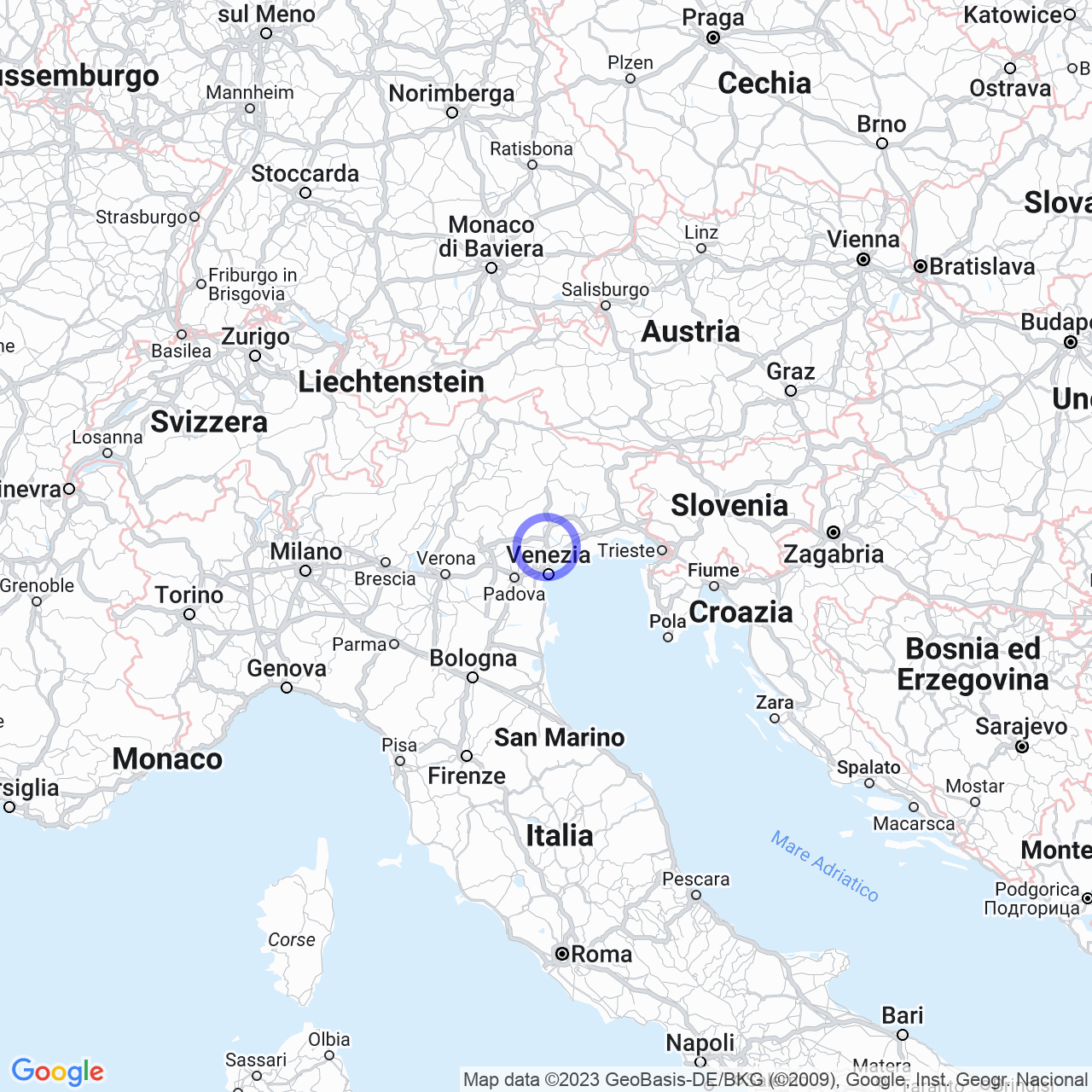Carbonera
Carbonera: a brief introduction to the Venetian city
Hello everyone! Today I want to talk to you about Carbonera, a city in the heart of the province of Treviso, in Veneto. Carbonera has a population of around 11,235 inhabitants and is known for its rich history and architectural beauty.
The history of Carbonera
Carbonera has a long history that dates back to the year 1000. In 1115, the Cluniac monks were given the monastery of San Giacomo Apostolo as a gift, and the church of Carbonera was part of the bishopric's property of Treviso. In 1945, the city was the scene of the massacre at the Mignagola paper mill.

Symbols of Carbonera
The coat of arms of Carbonera represents three castles, where the one in the center is the highest and those on the sides belong to the castles of Pezzan and Vascon. These three castles represent the strength and history of the city. The banner is a red cloth that symbolizes the passion and energy of Carbonera's inhabitants.
Monuments and places of interest
Carbonera is famous for its beautiful religious and civil architectures. Among the most famous churches are the parish church of Santa Maria Assunta, the church of Saints Philip and James of Pezzan, the church of the Presentation of the Blessed Virgin Mary of Mignagola, the church of San Giacomo di Musestrelle, and the church of Saint Lucia Virgin and Martyr of Vascon. In addition, there are thirteen villas, including Villa Loredan, Valier, Stocco, Perocco di Meduna, which represents an important architectural complex dating back to the seventeenth century.
The society of Carbonera
The population of Carbonera consists mainly of Italians, but there are also some foreign ethnic groups within the city, representing 7.5% of the total population.
Conclusion
In conclusion, Carbonera is a city with a long history rich in monuments and places of interest. Its symbols represent the pride of the inhabitants, and its architectural beauty is admired by many visitors and tourists. I hope I have made you want to visit Carbonera and discover more about its history and beauty. See you next time!
